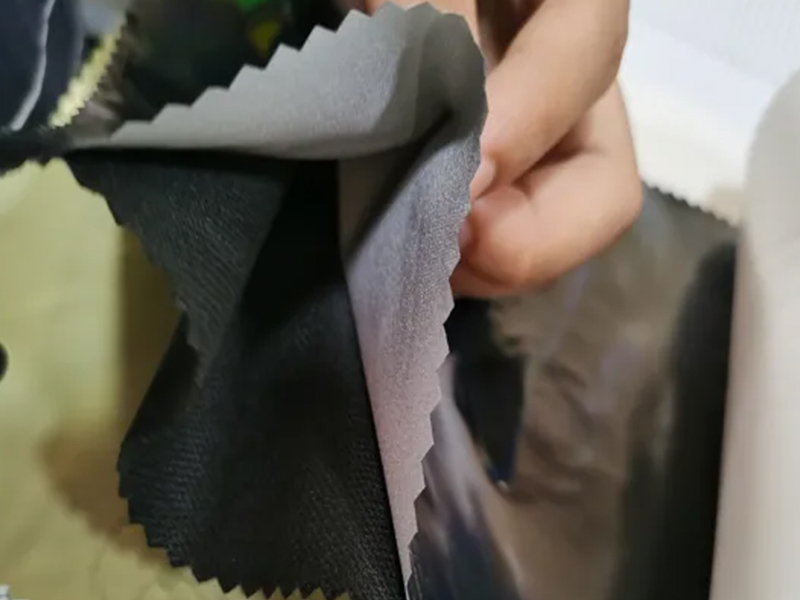What kind of fabric is generally used for outdoor tents? Which outdoor
tent fabric is better? Tent advertisements and manuals generally indicate the materials of the outer tent, the bottom of the tent and the inner tent, and you know 190T, 210D, Oxford cloth, PE bottom, waterproof PU What material does it all represent? A few decades ago, almost all tent materials were canvas or rubber tarpaulins that had been treated for water repellency, although they were weatherproof and heavy! So in today's wide application of light and strong materials, let's see what kind of material is the most suitable for your tent.
1. Fabric:
1). Generally speaking, polyester is thin and light, has high strength, good elasticity, wear resistance and corrosion resistance, and is suitable for mountaineering and hiking campers.
Oxford cloth is thick, but heavier, making it suitable for making large tents for drive-through camping or small groups.
2). From the perspective of waterproof coating, although PVC (polyvinyl chloride) is good for waterproofing, it will become hard and brittle in winter, which is prone to creases or breaks; PU (polyurethane) coating can not only overcome the defects of PVC, but also improve the waterproof effect. Also very good.
3). Silver-coated material, can prevent ultraviolet rays, mainly used for leisure beach tents, sunshade tents, advertising tents, etc.
4). Now some ultra-light accounts are more popular. Different from the previous nylon and polyester fabrics coated with PU layer to waterproof the principle, it uses silicon (silicone resin) technology, which is much lighter in weight, but the price will also be a lot more expensive.
2. Lining:
Regarding the inner tent, it usually has two functions, heat preservation, moisture permeability and mosquito prevention. For the previous consideration, it usually also uses polyester taffeta, which has good air permeability and a certain heat preservation ability. To prevent mosquitoes, then the gauze is enough to deal with it, and the high-density mesh is better. If it is a four-season tent or an alpine tent, there is no doubt that all the inner tents are composed of polyester taffeta to keep warm. If it is a tent or a single tent in summer, almost all of them are gauze for heat dissipation and ventilation. For the three-season account, gauze and polyester taffeta each are a compromise and pragmatic choice.
3. Bottom material:
The main functions of the tent bottom are waterproof, moisture-proof and dust-proof, and the choice of the bottom material also determines the grade of the tent.
1). PE coating primer, low price is the common primer for low-end tents at present, but it is easy to break after repeated folding.
2). The PU coating primer greatly exceeds the PE primer in terms of wear resistance and water resistance, and the cost performance is relatively high.
4. Fabric Specifications
D: called denier value, denier = g/L*9000 where g is the weight of the thread (grams), L is the length of the thread (m), which is used to indicate the weight of the yarn woven into this fabric, The gram weight of a single yarn per 9000 meters is the D number of the fabric. The larger the number before D, the thicker and heavier the fabric fiber of the same area is. Usually tents use 150D or 70D Oxford cloth, taking into account cost/weight/wear resistance.
T: called polyester taffeta, it is a kind of imitation silk fabric, which is used to make the outer and inner tents of tents. It is light and strong, such as 190T. The number in front indicates the warp and weft roots of 1 inch (2.545CM). The sum of numbers (density) is actually a unit of density. The larger the number before T, the denser and heavier the fabric fibers of the same area are.
For the outer tent, considering its brittleness in harsh environments, attention should be paid to whether it adopts a ripstop structure. In short, it is woven into a small square shape. Even if it is damaged at one point, it will not be pulled more and more in strong winds. bigger.













